
Beat the Heat: Recognizing Signs of Heat Stroke in Pets and How to Respond
As the sun shines brighter and temperatures soar, it’s essential to pay extra attention to our furry companions. Florida’s scorching heat can pose serious risks to pets, especially dogs, who are susceptible to heat stroke. As a responsible pet owner or a professional pet sitter/dog walker, understanding the signs of heat stroke and knowing how to respond promptly can be lifesaving. Let’s delve into this crucial topic to keep our beloved pets safe and happy during the sweltering summer months.
Identifying Signs of Heat Stroke
1. Excessive Panting
Dogs regulate their body temperature through panting. However, if panting becomes excessive and unrelenting, it could signal heat stroke.
2. Rapid Heart Rate
An elevated heart rate is a clear indication of distress. Monitor your pet’s heartbeat; if it’s racing, seek immediate attention.
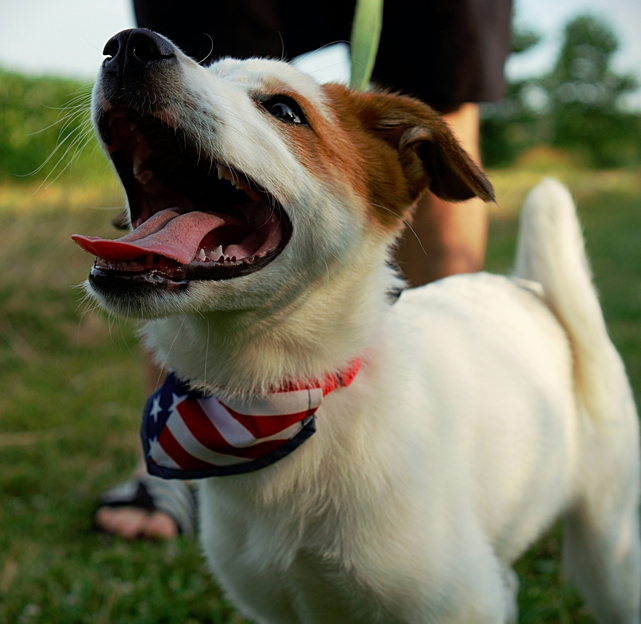

3. Weakness or Collapse
Heat exhaustion can lead to weakness, lethargy, or even collapse. If your pet is struggling to stand or move, act fast.
4. Excessive Drooling
Dogs typically drool, but excessive drooling, especially accompanied by thick saliva, can indicate heat stroke.
5. Vomiting or Diarrhea
Heat stress can cause gastrointestinal issues. If your pet is vomiting or experiencing diarrhea, it’s a red flag.
Treating Heat Stroke
1. Move to a Cooler Area
Immediately relocate your pet to a shaded or air-conditioned space. Avoid direct sunlight and provide a fan if possible.
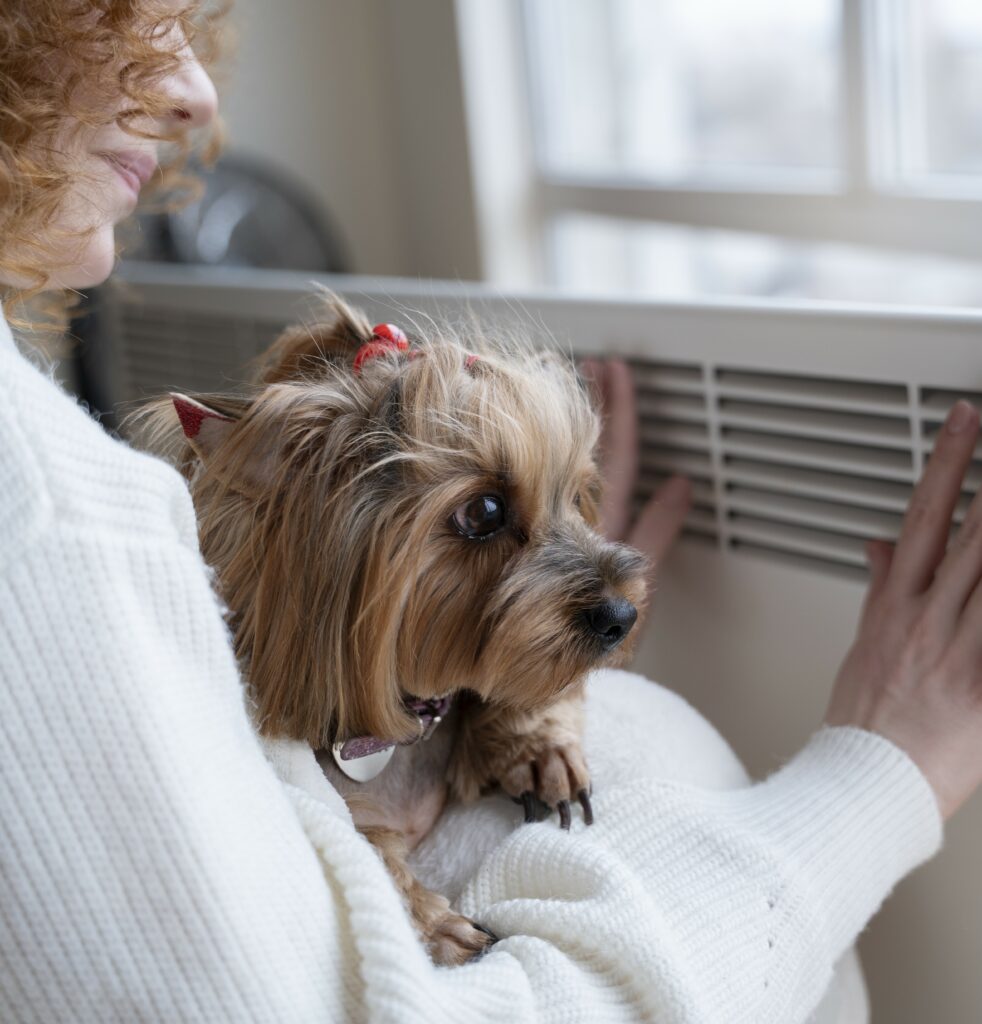
2. Offer Water
Hydration is key. Encourage your pet to drink small amounts of cool water. Avoid cold water, as it can cause shock.
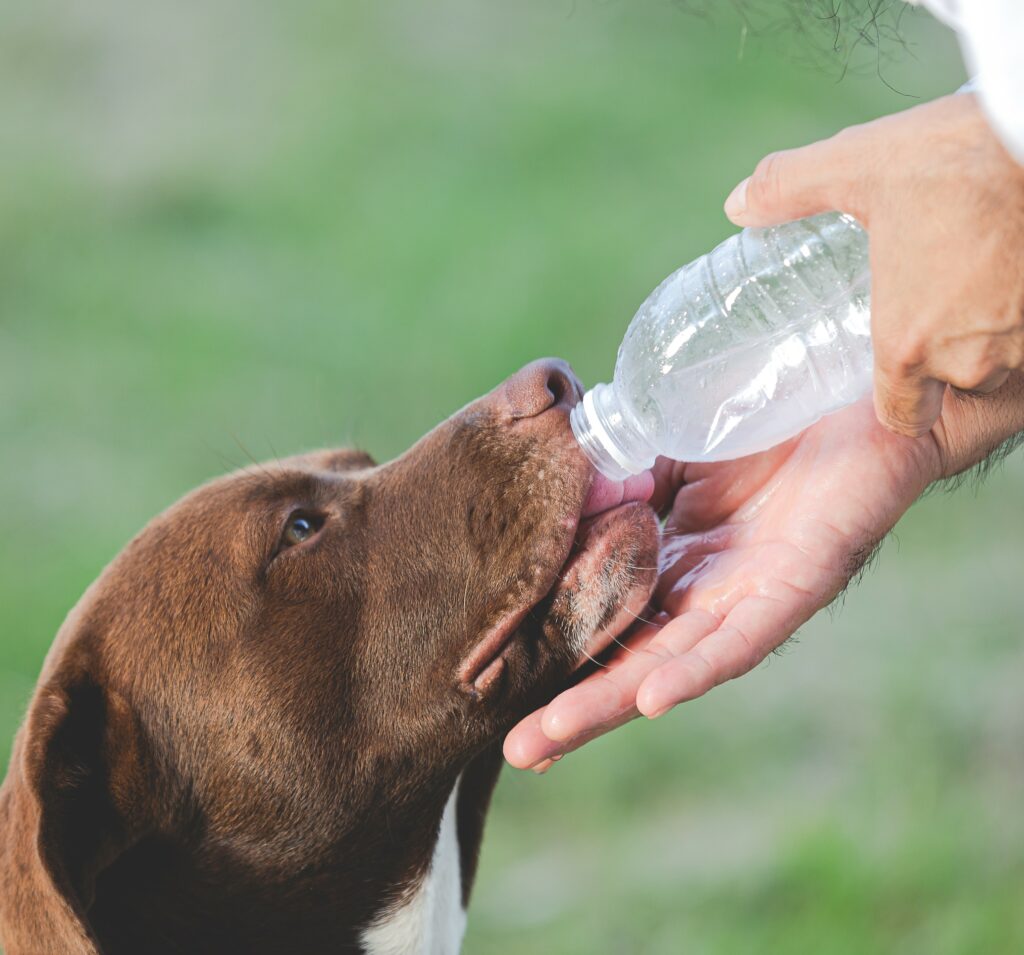
3. Cool Towels or Ice Packs
Apply cool, wet towels or ice packs to your pet’s body, especially around the head, neck, and groin area, to help lower their temperature.
Do not put your pet in cold water like a tub or pool, it may put them into shock.
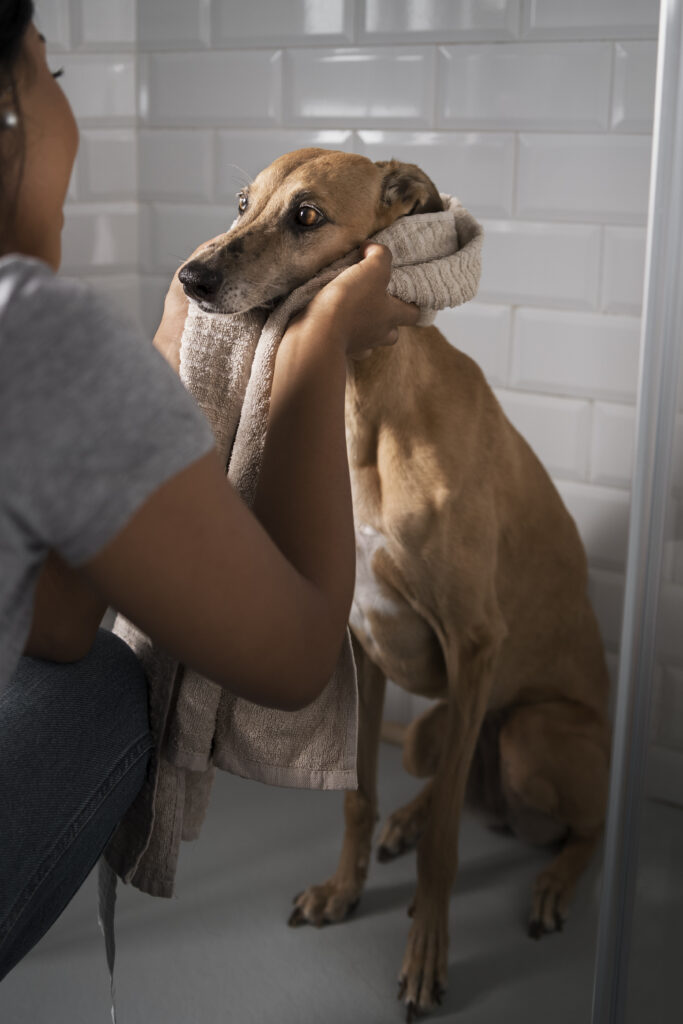
4. Contact a Veterinarian
Even if your pet appears to be recovering, it’s crucial to seek professional help. Heat stroke can cause internal damage that may not be immediately apparent.
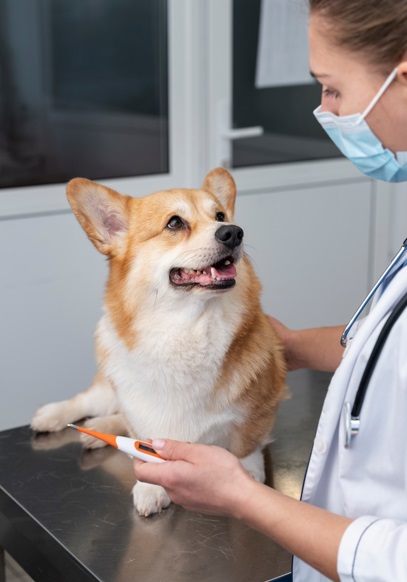
Prevention is Key
1. Avoid Midday Walks
Opt for early morning or late evening walks when temperatures are cooler.
2. Hydration
Always carry water for your pet during outdoor activities, and encourage them to drink regularly.
3. Limit Exercise
On hot days, reduce the intensity and duration of exercise to prevent overheating.
4. Never Leave Pets in Cars
Even with windows cracked, cars can quickly become ovens in the Florida heat. Never leave your pet unattended in a vehicle.
5. Know Your Pet
Some breeds are more susceptible to heat stroke, including brachycephalic breeds like Bulldogs and Pugs. Be extra vigilant with these pets.
Conclusion
As responsible pet owners and caregivers, it’s our duty to safeguard our furry friends from the dangers of heat stroke. By recognizing the signs early and taking prompt action, we can prevent serious harm and ensure our pets enjoy a safe and enjoyable summer. Stay informed, stay vigilant, and keep those tails wagging happily!
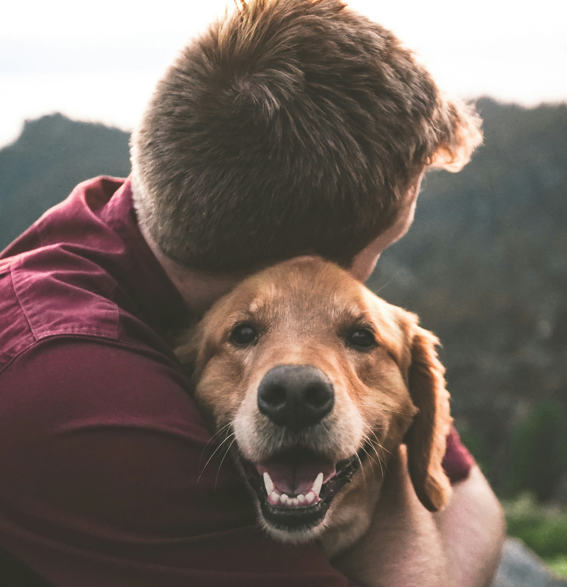
About the Author:
Savanna Westwood
Savanna Westwood is the Owner and Founder of The Savvy Sitter, Pet Sitting and Dog Walking, LLC. She has grown up with animals all her life and enjoys spending time with them. Savanna has lived in the Winter Garden and Windermere Area for over 30 years. When she is not taking care of Fur Friends, one can find her reading, practicing archery, riding, and devising ways to provide additional and excellent services to clients. Savanna is a Certified Professional Pet Sitter with Pet Sitter International's CPPS certification and also holds certification in Pet First Aid and CPCR for Pet-Care Professionals.

